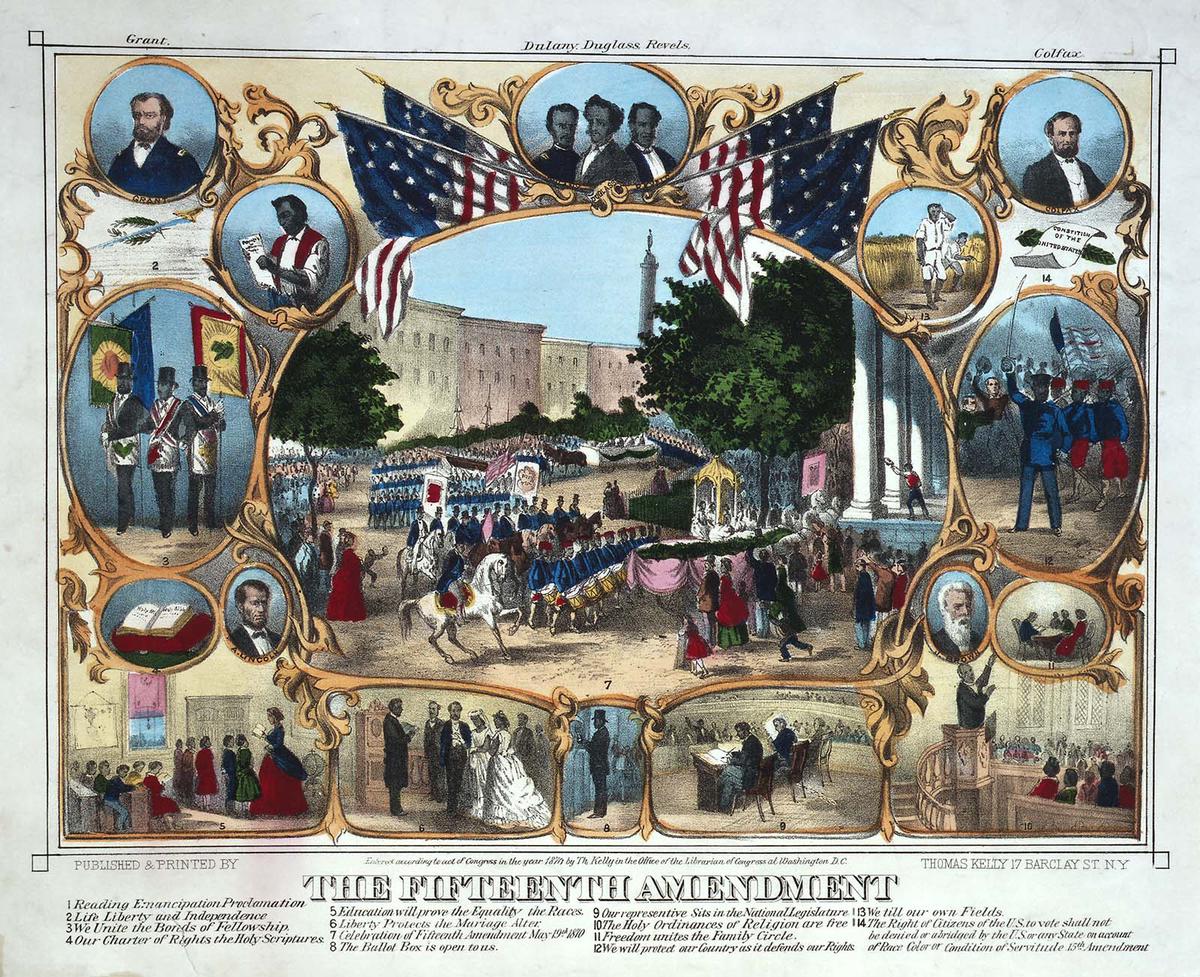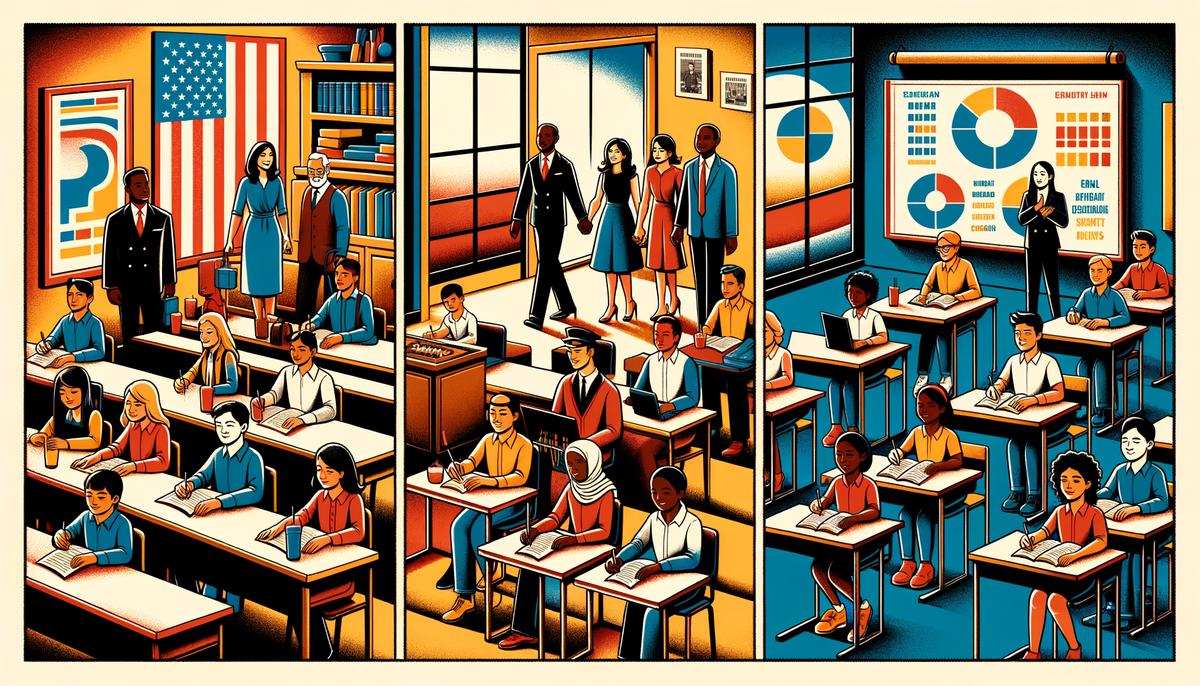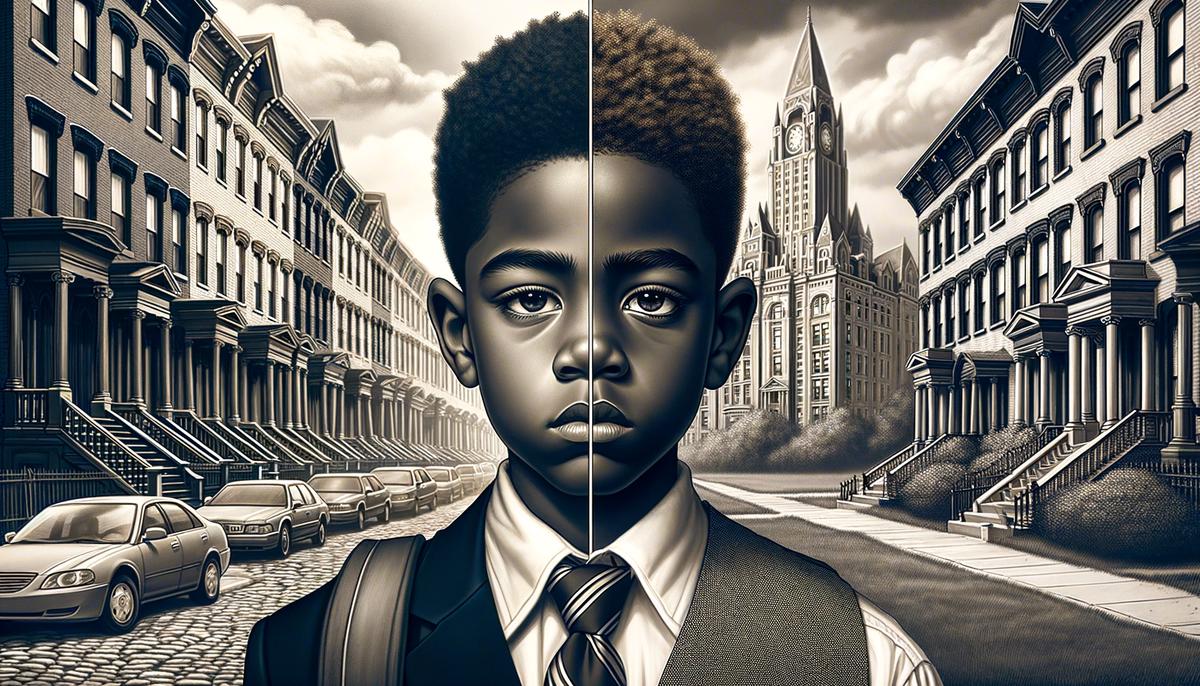Historical Context and Legislative Background
The Civil Rights Act of 1964 marked a landmark moment in America's journey to equality. The Reconstruction Amendments laid early groundwork by:
- Abolishing slavery
- Granting citizenship
- Securing voting rights for all men
However, the South introduced Jim Crow laws, reintroducing segregation. Poll taxes and literacy tests kept African Americans away from the ballot box, while the Ku Klux Klan enforced a reign of terror. Even with earlier civil rights attempts, justice remained elusive.
Post-WWII, African American veterans demanded equal rights at home. Civil rights activists orchestrated legal moves leading to the Brown v. Board of Education decision in 1954, striking down school segregation.
John F. Kennedy's administration faced rising tensions, especially with violent episodes like Birmingham's tactics against peaceful protestors. When Kennedy was assassinated in 1963, Lyndon B. Johnson took over, urging Congress to act on civil rights.
Johnson's political savvy helped outmaneuver the filibustering bloc in the Senate. Senator Hubert Humphrey's negotiation skills and Senator Everett Dirksen's Republican persuasion helped pass the Civil Rights Bill with a 73-27 Senate vote.
Title VII banned employment discrimination and created the Equal Employment Opportunity Commission. When Johnson signed the Act on July 2, 1964, it paved new paths for equality. Martin Luther King Jr. called it a second emancipation,
a moment that challenged America to embrace its diversity.

Key Provisions of the Civil Rights Act
The Civil Rights Act of 1964 had several important sections that pushed for justice and equality:
- Title II banned segregation in public places. Courthouses, restaurants, theaters, and hotels could no longer discriminate based on race. This title aimed to ensure everyone could share the same spaces, regardless of skin color.
- Title VII targeted employment discrimination. It leveled the playing field in hiring, firing, and workplace decisions. The Equal Employment Opportunity Commission (EEOC) was created to enforce these new rules.
- Title IV focused on public schools, setting the stage to end segregation in education. This aimed to unify future generations under one shared roof of opportunity.
These sections of the Civil Rights Act worked together to dismantle unjust practices of the past. The Act rewrote America's social fabric, inviting everyone to participate in a more equal society.

Challenges and Opposition
The Civil Rights Act of 1964 faced serious opposition in Congress, resulting in one of the longest Senate filibusters in history. Southern Democrats fought hard to maintain the status quo.
Senator Robert Byrd of West Virginia gave a 14-hour-and-13-minute speech, and over 100 amendments were introduced to derail the bill.
President Lyndon B. Johnson was determined to see the act pass. He worked tirelessly, using his political skills to push the bill through.
Key figures in overcoming opposition:
- Hubert Humphrey from Minnesota played a crucial role in gathering bipartisan support. He worked behind the scenes and on the Senate floor to keep the momentum going.
- Senate Minority Leader Everett Dirksen of Illinois brought Republicans on board through persuasion and negotiation. He helped smooth over differences and bridge divides.
Together, Johnson, Humphrey, and Dirksen navigated political challenges to get the bill to a vote. When the filibuster finally ended, the act passed the Senate.
Despite strong resistance, the Civil Rights Act of 1964 became law. It showed that even loud opposition couldn't stop the progress toward equality.
Impact and Legacy
The Civil Rights Act of 1964 had a huge impact on American society. It made segregation illegal and pushed for inclusivity in schools, restaurants, and public places.
The Act set the stage for more civil rights laws, like:
- The Voting Rights Act of 1965
- The Fair Housing Act of 1968
These laws further protected rights and fought discrimination.
Over time, social attitudes began to change. People started to see the Act as more than just a law; it became a symbol of unity and understanding. It helped reshape the American identity into something more diverse and inclusive.
The Act also influenced how courts interpreted laws. It led to decisions that expanded protections beyond just racial and ethnic minorities.
Today, the Civil Rights Act still affects debates on employment rights and equality. Its legacy continues to inspire the fight for fairness and justice. While it started the process, it's up to new generations to keep pushing for equality.

Photo by unseenhistories on Unsplash
Personal Stories and Reflections
The Civil Rights Act of 1964 changed many individual lives. These personal stories show how the law affected everyday people.
Take Shelley Wynter's experience. He was a kid from Harlem who got a scholarship to a fancy New York City private school, thanks to the Act. Wynter had to balance two worlds – his Harlem community and his new upper-class school. It was tough, but it taught him to be resilient.
"This school is giving you an opportunity due to a law that was passed years ago. You will have to outwork and outstudy your classmates. They have every advantage at their disposal, so it's up to you to be the best."
– Shelley Wynter's mother
All over the country, people like Wynter felt the change. Jobs and schools that were once off-limits became open to everyone. In the South, communities slowly began to integrate. Churches that were once segregated started to welcome diverse congregations.
These personal stories show how the law changed more than just rules – it changed lives. Families passed down these experiences, inspiring new generations to keep fighting for fairness.
The Civil Rights Act may have changed the law, but it was people's stories that brought those changes to life. When folks from all backgrounds came together, they showed what unity could achieve.

The Civil Rights Act of 1964 reshaped American society, creating opportunities for many. Its impact continues today, reminding us to keep working towards equality and justice. As we look back, we're inspired to keep pushing for a fair future for everyone.
- Kennedy JF. Radio and Television Report to the American People on Civil Rights. The American Presidency Project. June 11, 1963.
- Civil Rights Act of 1964, Pub.L. 88-352, 78 Stat. 241 (1964).
- Wynter S. How the Civil Rights Act of 1964 changed my life. Atlanta Magazine. July 2, 2024.
- Johnson LB. Remarks upon Signing the Civil Rights Act of 1964. The American Presidency Project. July 2, 1964.
